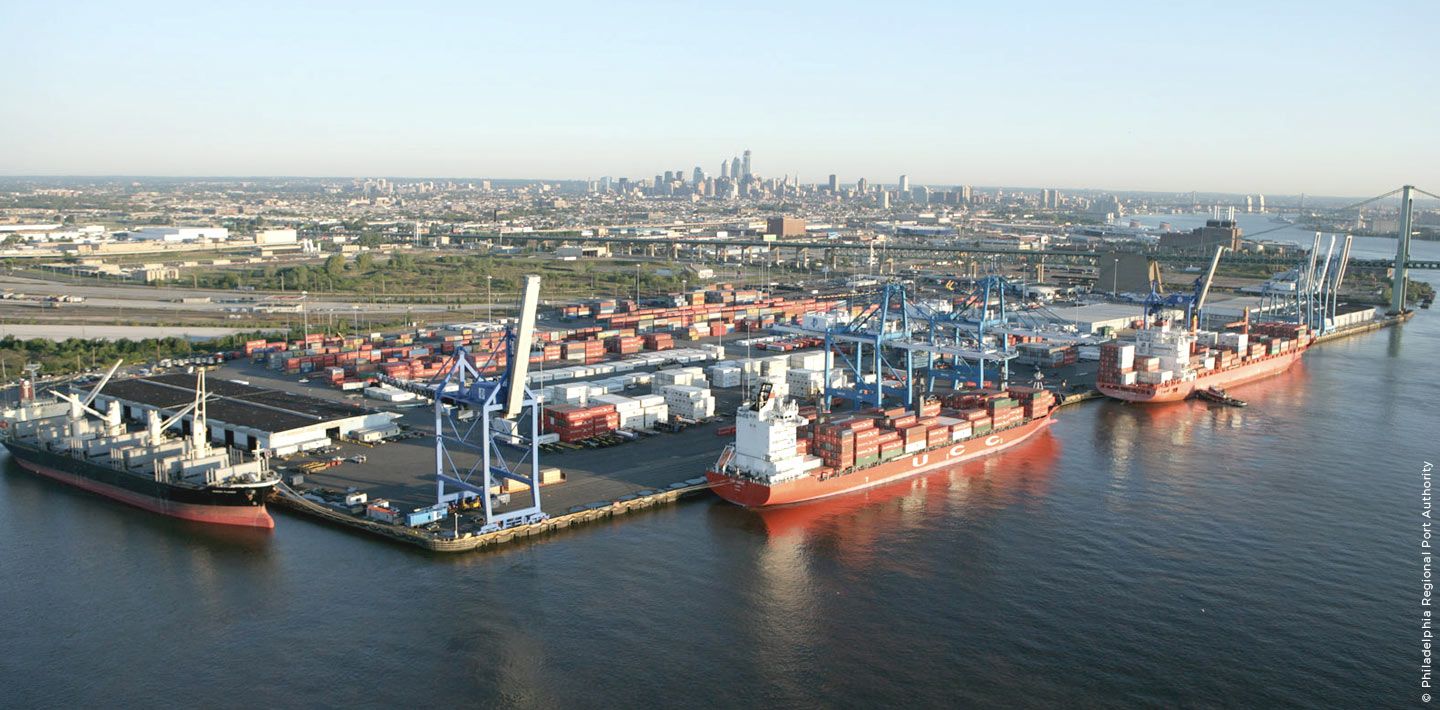Cargo terminals make maritime trade possible. The role they play cannot be underestimated, with approximately 90% of goods travelling by water at some point in their journey between manufacturing and retail. Ports are an essential part of the global economy. The maritime commerce trade has also been a source of stress to many port authorities, owners, operators and developers in recent years, and with many new factors on the horizon, it’s difficult to identify which are going to shift the paradigm and which will ultimately be a footnote in history.
Many of the important changes happening right now—the expansion of the Panama and Suez canals, the competitive restructuring of carrier mergers and alliances, volatile fuel prices and the growing prevalence of cargo ships >5,000 TEUs—have far-reaching effects on the whole supply chain. Our maritime specialists are fully conversant in all of the major trends currently affecting the sector, to help match capacity to demand.
All of our integrated offerings encompass this global perspective while focusing on the local ramifications, to ensure the best solution for cargo facilities, taking into account budget, timeline and any other constraints the project might present. We perform feasibility studies, site selection, appraisals, preparation, commissioning and operations, and implementation, as well as undertaking overall planning assessments, detailed design and construction supervision. Whether part of a new build or retro-fit program, we offer a single point of contact and our comprehensive approach considers all aspects the client's business, the local economy, environment and community to build a bespoke solution.
Technology-Driven Design
When planning or restructuring facilities, we draw on our extensive experience in the cargo market to optimize the layout so that every square meter of land is best used. Our proprietary in- house tool—PRIME: the Port Rail Intermodal Modeling Environment—allows for quick and easy manipulation of terminal layouts linked directly to operating and financial models, so the user can instantly quantify outcomes.
WSP uses PRIME for individual marine and rail terminals as well as entire port complexes.
PRIME includes site and model components for container, break/neo-bulk, dry bulk, liquid bulk and RO/RO facilities. Custom program code transfers all attributes of the plan directly to Microsoft Excel, where a sophisticated model is ready to estimate capacity, equipment needs, equipment usage, operating expense, capital expense, cash flow and environmental measures. This tight linkage between the plan and the analysis model means the planner can make site changes and instantly see the effect across the full range of impacts.
We use the model to: test alternative plans and concepts to find which approach works the best; prepare phased development plans and to test performance at each stage; establish the required start and completion date of each phase; test the financial feasibility of each plan; estimate key environmental impacts, such as emissions and traffic; quantify a broad range of performance measures; and combine them in scoring systems that match each owner’s needs.
















